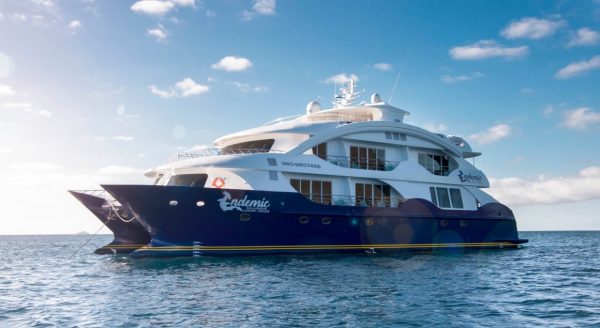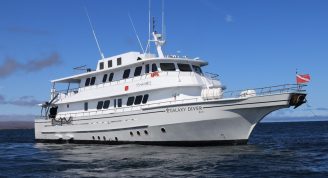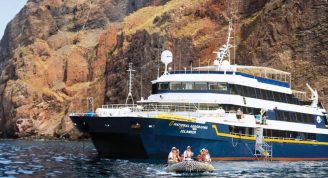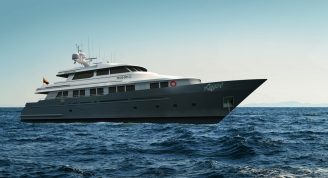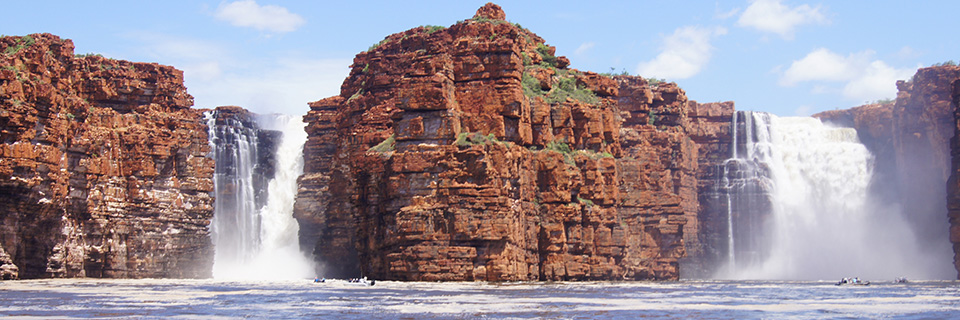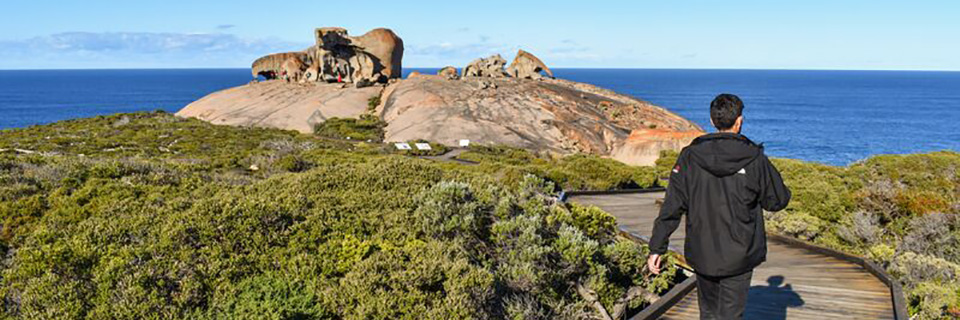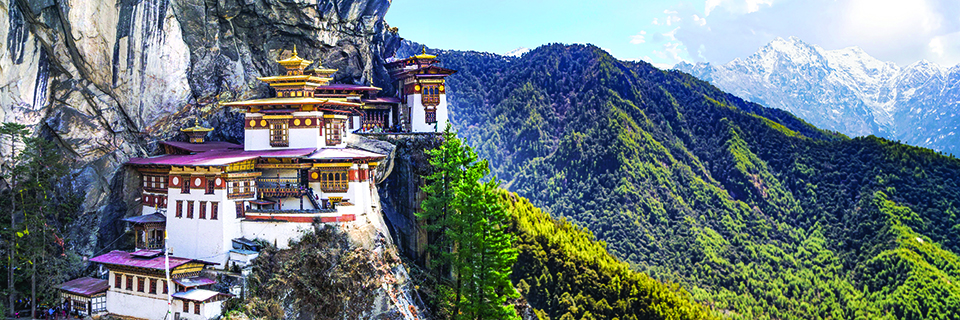Description
Relax in luxury while sailing through the Galapagos Islands. The Endemic seven-night cruise, centered around Western Galapagos, includes visits to spectacular sites on Santa Cruz, Rabida, Santiago, Isabela, and Fernandina. We also include a short trip over to Genovesa Island located in the Northeastern Galapagos—a wonderful stop for bird lovers. The Endemic seven-night cruise in Western Galapagos extends Sunday to Sunday, giving you plenty of time to relax by yourself, with family, or with friends. Our exclusive Endemic yacht holds a maximum of sixteen passengers and has a limited eleven-person crew. This intimate size of our luxurious Galapagos cruise ship allows you to customize your weeklong cruise in the Western Galapagos to your needs.
For shorter, 3- or 4-night cruises, please contact us.


